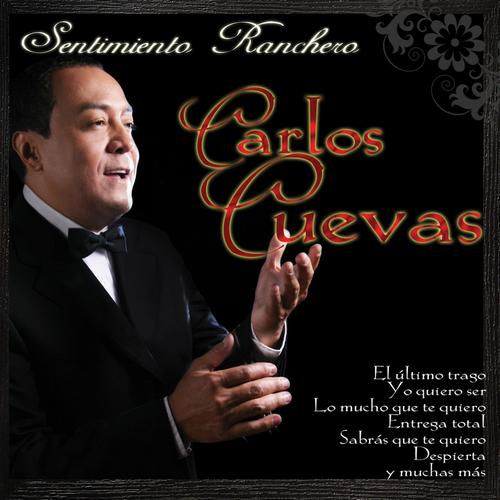
This experience led him to compose the bolero La Vida es un Sueño (Life is a dream). From 1940 to 1947 he led one of the most important bands in Cuba, Arsenio Rodríguez y Su Conjunto Todos Estrellas.Rodríguez then went to New York where he hoped to get cured of his blindness but was told that his optic nerves had been completely destroyed. In 1939, he recorded with Orquesta Casino de la Playa, the esteemed sonero Miguelito Valdés on lead vocals, the tune “Se va el caramelero”, taking an incredible solo on the tres. The group disbanded in 1937, and he joined the Septeto Bellamar of cornetist José Interián in 1938. In 1936 he played his own compositions with the Sexteto Boston, led by his cousin Jacinto Scull.

His music emphasized Afro-Cuban rhythm as well as the melodic lead of the tres, which he played. He claimed to be the true creator of the mambo and was an important as well as a prolific composer who wrote nearly two hundred song lyrics.Early lifeRodríguez was born in Güira de Macurije in Bolondrón, Matanzas Province as the third of fifteen children, fourteen boys and one girl.As a young child, Rodríguez was blinded when a horse (or a mule) kicked him in the head.Rise to FameLater, Rodríguez became a musician, and eventually became one of the most renowned bandleaders on the island earning him the nickname El Ciego Maravilloso (the Marvellous Blind Man). In the 1940s and 50s Rodríguez reorganized the son conjunto (‘son group’) and developed the son montuno, the basic template of modern-day salsa.
Bake until golden brown, about 12-30 minutes (depending on size of rolls/loaves).Arsenio Rodríguez (born Ignacio Arsenio Travieso Scull, Güira de Macurije, 31 August 1911 – Los Angeles, 31 December 1970)was a Cuban musician, composer and bandleader.He played the tres (Cuban string instrument) in son-based music and tumbadora, or conga, in folkloric rumba. Spritz dough 2 times during the first 3 minutes of baking. Carefully toss 1/2 cup water on oven floor (if using gas oven, place a heavy-duty oven-safe skillet or roasting pan on the the oven floor) and close door. Slide bread from pizza paddle onto hot stone, Lightly spraying each roll/loaf with cold water.  Make a slash down the center of each roll (or three diagonal slashes on the loaves) with a sharp knife. In preheating oven, place heavy-duty lipless cookie sheet or bread baking stone. Place rolls on an lipless baking sheet or pizza paddle lightly dusted with corn meal (or parchment paper), cover with lightly floured towel and let rise, until doubled in size, about 30 minutes (longer needed if making large loaves). Punch down dough and form into 8-10 hoagie shaped rolls (or the dough can be shaped into 2 slender loaves about 10 inches long or one large loaf.).
Make a slash down the center of each roll (or three diagonal slashes on the loaves) with a sharp knife. In preheating oven, place heavy-duty lipless cookie sheet or bread baking stone. Place rolls on an lipless baking sheet or pizza paddle lightly dusted with corn meal (or parchment paper), cover with lightly floured towel and let rise, until doubled in size, about 30 minutes (longer needed if making large loaves). Punch down dough and form into 8-10 hoagie shaped rolls (or the dough can be shaped into 2 slender loaves about 10 inches long or one large loaf.).  Cover bowl with plastic wrap and let rise until doubled in bulk, about 1 1/2 hours. Transfer to a lightly oiled deep bowl, turning to coast with oil. On a lightly floured surface knead dough with lightly floured hands for 8 minutes, or until smooth and elastic (or use KA mixer).adding more flour if needed to keep dough from sticking.
Cover bowl with plastic wrap and let rise until doubled in bulk, about 1 1/2 hours. Transfer to a lightly oiled deep bowl, turning to coast with oil. On a lightly floured surface knead dough with lightly floured hands for 8 minutes, or until smooth and elastic (or use KA mixer).adding more flour if needed to keep dough from sticking. 
Stir in salt and 2 cups of the remaining flour until mixture forms a stiff dough. With a wooden spoon stir in 2 cups flour until combined. In a large bowl sprinkle yeast and sugar over warm water and let stand until foamy, about 5 minutes.








 0 kommentar(er)
0 kommentar(er)
